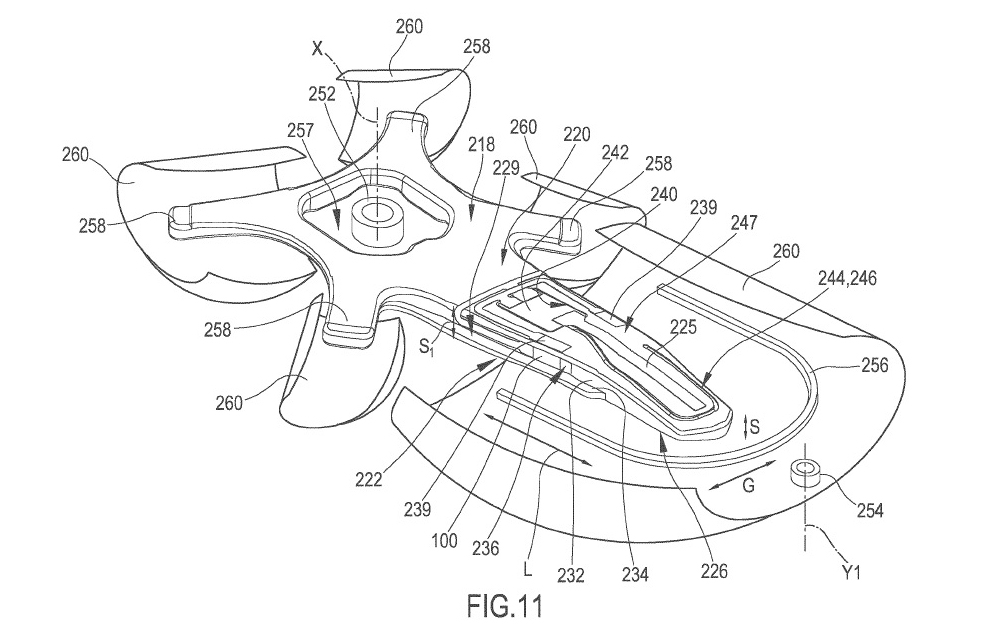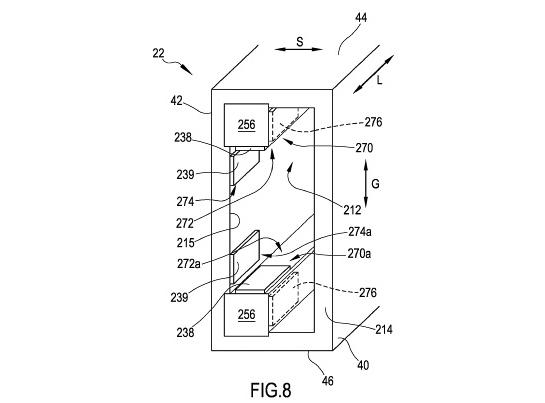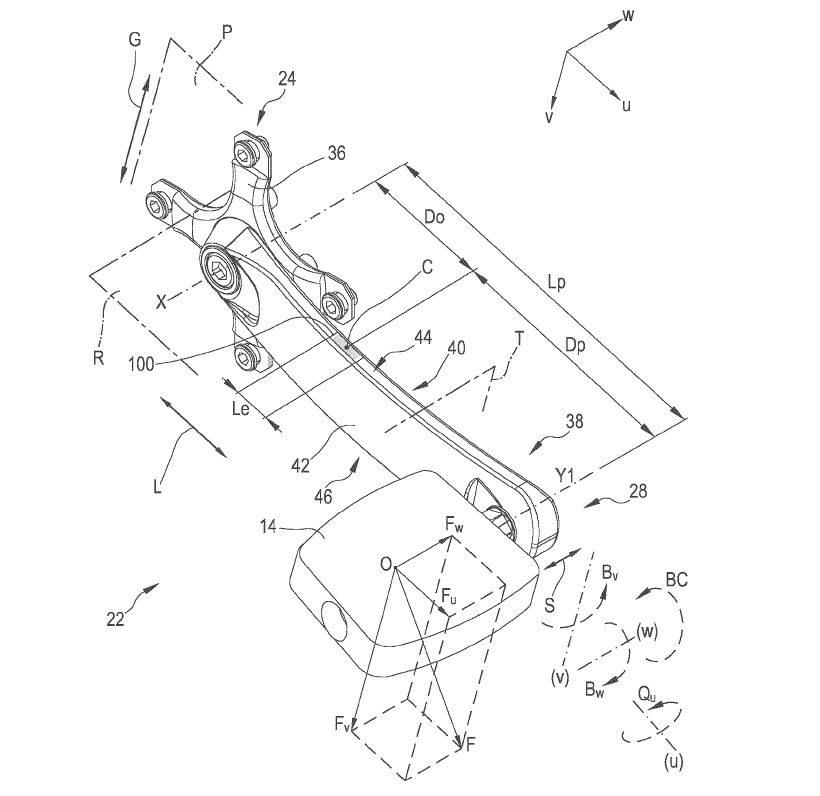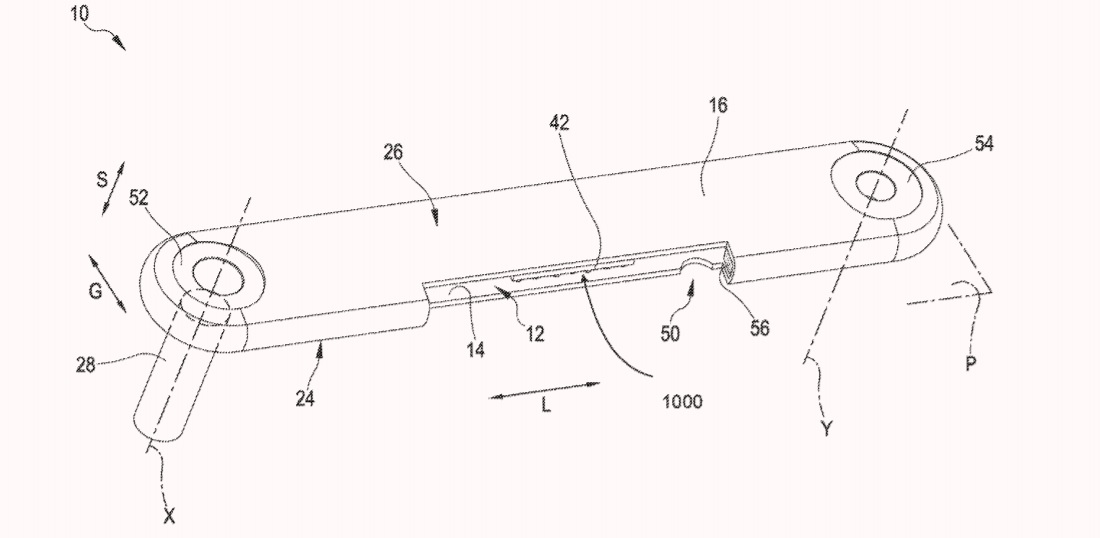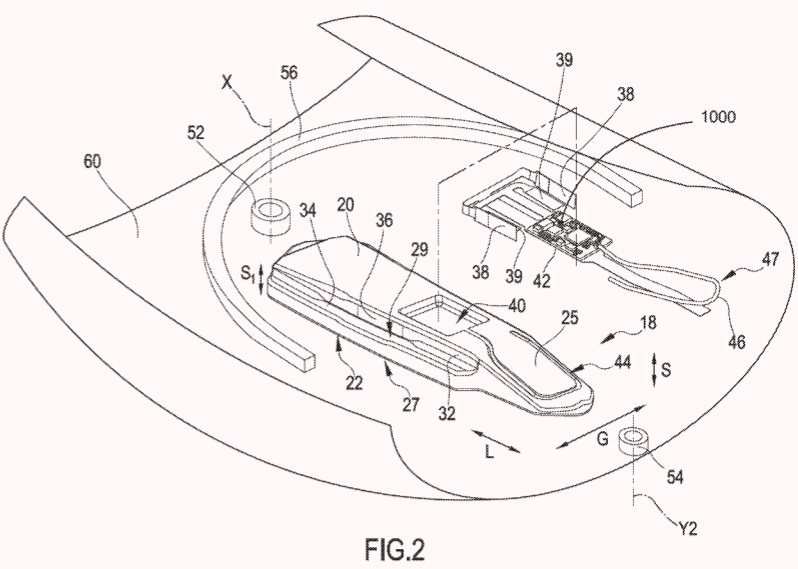In this week’s Patent Patrol, we unearthed a slew of power meter patents from none other than Campagnolo. The documents include both US and European filings, and cover their unique take on crankarms, electronics placement, and even a potentially super-accurate strain gauge and temperature sensor.
Campagnolo has been busy filing a lot of patents lately, and now they’re turning their attention to power measurement. Filings include European patents for a new strain gauge / temperature sensor, a crankarm to accommodate those parts, and a US filing for a crankarm made to accommodate an electronic system.
Of particular interest is the strain gauge and temperature sensor, which helps to keep power measurement accurate with changing ambient conditions. How does Campagnolo differentiate?
“[0010] The Applicant observes that, while for a strain [gauge] (or other stress/strain sensor) that has to detect mechanical stresses/strains, the detection capability is maximized when it is positioned on surfaces – and more in general in planes – of the component under measurement subjected to high mechanical stresses, vice-versa it is appropriate for the temperature sensor to be affected as little as possible by the mechanical stresses/strains acting on the component, since its reading could otherwise be changed and not very reliable.
The technical problem at the basis of the invention is therefore to provide a bicycle component comprising such sensors that allows a measurement of stresses/strains that is particularly accurate and independent from the temperature.
[0012] In one aspect, the invention relates to a bicycle component comprising a stress/strain sensor aligned according to a stress/strain to be detected, and a temperature sensor associated with said stress/strain sensor, wherein said stress/strain sensor and said temperature sensor lie in planes that do not coincide with one another and are not parallel to each other.
[0013] In the present description and in the attached claims, under the expression “plane”, a plane approximating the substantially two-dimensional shape of the sensor is meant to be indicated.
[0014] This configuration makes the temperature sensor less subjected to the mechanical stresses to which the stress/strain sensor is subjected, which are on the other hand high in the plane of the stress/strain sensor and in the planes parallel thereto, thus improving the reliability of the temperature measurement, and consequently improving the reliability of the temperature-compensated stress/strain measurement, still not precluding keeping the temperature sensor in the vicinity of the stress/strain sensor.”
This strain gauge design is coupled with a crankarm with a specific ratio between the distance from the center of the bottom bracket spindle and the overall length of the crankarm.
“Bicycle crankarm (22) for mounting on the bicycle transmission side, comprising a main body (38) having a length (Lp) measured along a length direction (L) from a rotation axis (X) to a pedal axis (Y1) of the crankarm (22), said crankarm (22) comprising at least one stress/strain detector (100) for a torque meter or a power meter, oriented along the length direction (L), characterized in that said at least one detector is fixed at a distance (Do), measured from the center (C) of said at least one stress/strain detector (100) to the rotation axis (X) of the crankarm (22), such that the ratio between said distance (Do) and said length (Lp) is comprised in the range 0.45-0.65.”
The US filing details electronics (batteries and processors) fitted into the left crankarm, to be used in conjunction with the strain-gauge-containing right arm. The document details commands to wake the unit from standby mode, activating strain gauges and temperature sensors, and more.
While there is still much to be learned and seen of these patent filings, it does seem awfully reminiscent of Campagnolo’s typical pattern: If you arrive late to the party (i.e. disc brakes), but you do it better than anyone, you’ll find customers. We’ll stay tuned and report on further developments as they arise.

